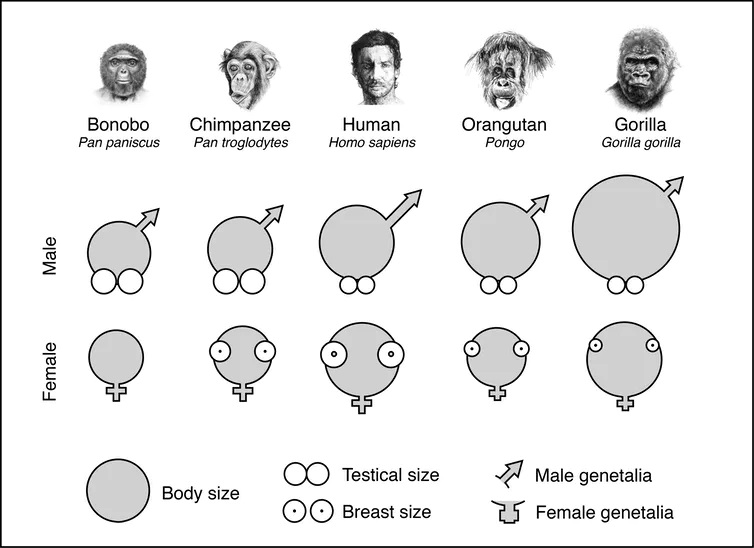D
Deleted member 42253
Guest

'Existential crisis': Human penises are shrinking due to pollution, warns scientist
Environmental scientist Shanna Swan has warned that due to rising pollution levels, babies are being born with smaller penises. In her new book titled 'Count Down', she has stated that humanity is facing an "existential crisis" in fertility rates due to r
I thought I d leave that here for you to enjoy, time to get to work and save the enviroment ... hurry ... I dont have any inches to spare.
Btw. this is gonna be my favorite article to cite, whenever evolution thanks to environmental factors gets mentioned.


